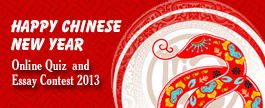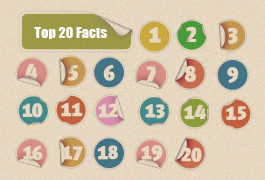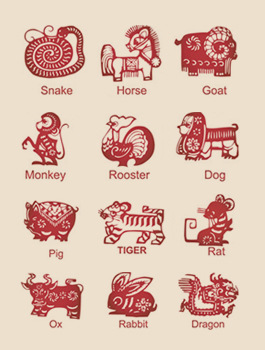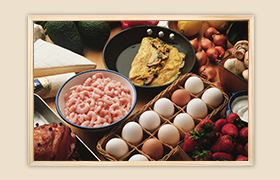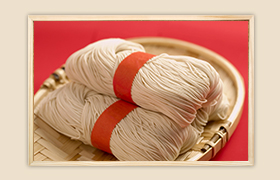Hawaii
(Chinadaily.com.cn)
Updated: 2013-02-04
Hawaii - - welcomes and seduces visitors with its frangipani-scented sea breezes and tropical warmth. This is where East merges with West in a blur of hula and disco, soap operas and creation myths, junk food and Japanese tea ceremonies, and Shinto shrines and surf clubs. Mark Twain declared Hawaii to be the loveliest fleet of islands that lies anchored in any ocean , and not even thirty years of mass tourism have managed to prove him wrong.

History
The following years saw the development of Hawaii as a major tourist destination with numerous resorts, golf courses and shopping centers being built. To combat the increasing development, a number of state parks, wilderness sanctuaries and marine reserves have been established. In the 1970s, a Hawaiian cultural renaissance reasserted local cultural values in the face of tourist-brochure parodies. In the past few years, sovereignty has become a key political issue. While some Hawaiian groups favor the restoration of the monarchy, other native groups are calling for a Hawaiian nation within the USA and the return of crown lands taken during annexation. In November 1993, US President Bill Clinton signed a resolution apologizing for the overthrow of the Hawaiian kingdom 100 years earlier.
Traditional Culture
Hawaiian culture and the customs of Hawaii s ethnically diverse immigrants are an integral part of the social fabric. This is not simply a place where East meets West, but a place where the cultures merge in a manner which seems to bring out the best in all of them. The revival of traditional Hawaiian culture has seen an explosion of Hula halaus (schools) and many Hawaiian artists and craftspeople are returning to traditional mediums and themes such a tapa weaving, quilt making and the creation of colorful leis.
Language
English is the dominant language in Hawaii, but it is infused with Hawaiian words, phrases and pidgin slang. The Hawaiian language is only spoken by an estimated 9000 people, but 85% of all local place names are Hawaiian and they often have interesting stories behind them. Hawaii s early immigrants communicated with each other in pidgin, a stripped and simplified form of English which survives today as a lively, ever-changing local slang.
Food
The islands ethnic diversity makes eating out a real treat. You can find every kind of Japanese food, an array of regional Chinese cuisine, spicy Korean specialties, native Hawaiian dishes and excellent Thai and Vietnamese food. Fresh fish is readily available throughout the islands as well as an abundance of fruit including avocado, coconut, guava, mango and papaya.


